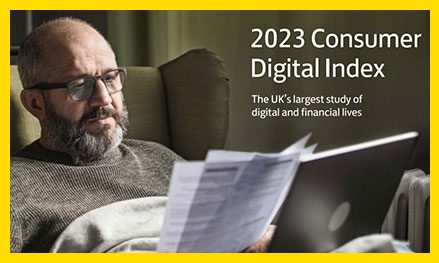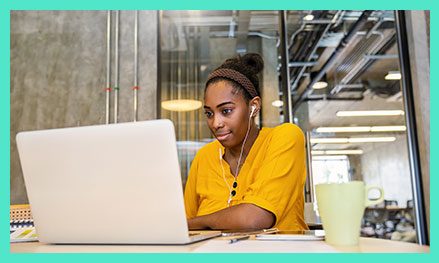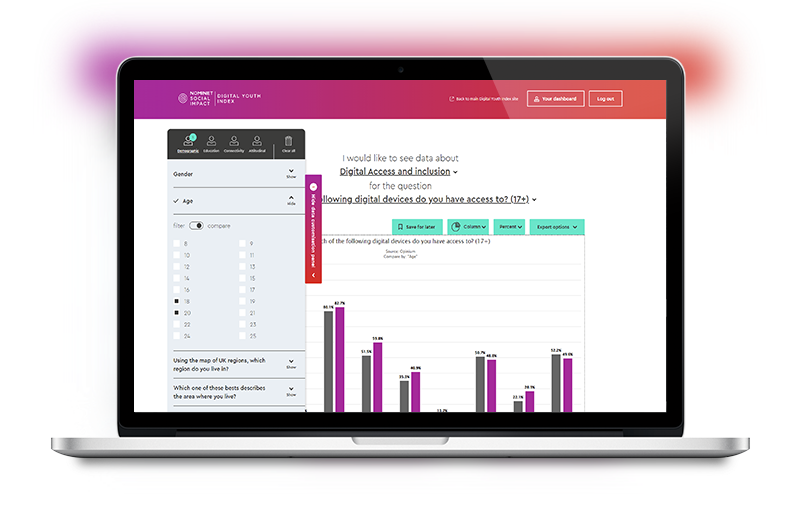I’m one of the directors of unthinkable and we know first hand how difficult it is to develop digital products and services that genuinely anticipate and connect with users’ needs, motivations and their life situation. We are always scanning the field for work and research that organisations might be doing to shed light on the important digital constraints and opportunities that shape people’s lives, so we are very glad to have this new source of insights.
We have a major focus on delivering learning experiences for the target age range for the Digital Youth Index – 8 to 25 years – so understanding more fully the context of their lives is essential for us and our clients if there is to be any hope of a successful outcomes.
But far beyond the Digital Youth Index’s role in helping our own work, its real value is not just in understanding questions that they have asked their participants and of course the answers but the big questions that it asks of all of us. What do we value as a society, what is the ideal we are working towards and how can we all play a role in getting there?
There are a set of questions that are addressed by the Digital Youth Index around access to technology and the impact that that access has on the experience of learning in our new reality. There are some quotes that caught my eye from a secondary school teacher and a parent both talking about the direct impact the access to devices had on the learning experience. These devices, for example laptops, phones and iPads became the primary frame of engagement for young people. If the audio was bad on a laptop and students couldn’t hear then of course they disconnected and lost interest, if the cameras didn’t work then the teachers couldn’t see the students and the students couldn’t see each other and therefore had no strong sense that they were part of an engaged group. If the learning experience had been designed in a way that was incompatible with an iPad, which may have been the only available device in the house, then the whole experience simply failed at the point of use.
Now of course we were in the middle of a pandemic, and the shift to digital learning has been rushed and urgent and teachers, parents, students, schools and local authorities had not really prepared themselves for this new reality. But now we are 18 months or more into the experience we are all able to ask the question – what does good look like? What are the good devices, what is the right level of bandwidth, what are the characteristics of good digital learning experiences?
Many of the questions in the Digital Youth Index have an underlying driver to understand how access to devices and to the Internet is spread over our population. It is not going to surprise many readers that the Index finds that societal inequality is mirrored in digital inequality. But it does throw into stark relief the question of whether a minimum level of digital access needs to be part of a national provision and not just based on the particular advantages and disadvantages of any specific family or child.
The Index makes it clear that poor quality devices, often bought by the family or the young person, while providing access turn out to not be able to deliver an experience that works well enough for learning or for training at the start of one’s working life. We probably all know someone that during the pandemic was working with their local school to make sure that everyone had access to a laptop for their remote learning. But what I saw in that heartwarming process was the difficulty in understanding what kind of laptop and what kind of quality was necessary for even a ‘good enough’ experience. It started to make me wonder if there might be a utility in having some kind of digital learning kitemark provided by a trusted organisation that could test technology across a number of dimensions to see how likely how well it would perform for digital learning.
An aspect of digital learning that can sometimes be forgotten is how effective it can be for creating what I call a connected learning culture – a way in which we are better able to learn with and from each other. This is something that can happen both in the formal context of school and college but of course massively happens in all the other aspects of young people’s lives. This form of digitally supported social learning can be seen in the comments of YouTube videos, in the thousands of forums created by young people for young people, and in the ways that teachers have started to design their remote learning experiences so that groups are able to collaborate and exchange ideas even when they’re not physically together. If this is something we value, and I know I do, then we know that a lack of access or poor quality access means that some young people will be less able to be part of those learning cultures. This is surely something that will become increasingly important to organisations that are looking to change and improve digital opportunities for young people and I expect government departments like the DCMS and the DoE.
The Index asks us to consider a much broader range of issues around the digital lives of young people. One important aspect is around the way in which digital learning and digital skills more specifically create new opportunities for employability and career advancement. Personally I was overjoyed to see the headline that nearly half of young people teach themselves their digital skills. I have a strong sense that although it’s important that schools are able to teach digital across the curriculum that many skills in the digital area are actually part of a wider understanding of oneself. This is such an important aspect of what digital skills can add to one’s ability to communicate, present oneself to the world, connect with peers and groups that gather around a particular interest, make digital objects, writing, videos, music and then find audiences for all of those things. But while we can all be reassured that young people are doing it for themselves, we mustn’t forget that many young people need additional support to make sure that there isn’t a section of society that simply never get to experience this aspect of what digital has to offer.
Thankfully there are many creative and ambitious organisations that are developing projects for engagement with young people that do exactly this – I’m thinking of my work with Heart n Soul and how over the years they’ve developed all kinds of amazing digital engagement activity for young people with learning disabilities. The thing we can all take solace from is that they found when they had to go fully online through the pandemic that there was amazing take up, great feedback and a huge amount of fun, creativity and self expression that was enabled through remote digital delivery.
I was particularly interested in some of the questions that seem to balance the need for young people to access information from the Internet against their desire to get advice from their families. I’m interested in how young people are able to maintain and deepen their relationships between the generations in their family particularly as families are more dispersed and in the pandemic less physically accessible. If we value the idea of intergenerational connection then we have to look at both how older people and younger people are able to come together through digital means and the quality of the relationships that can be supported by these kinds of technologies and digital platforms. Central to this idea of connection is its opposite – isolation. We can see in the Index that well-being is very much connected to the possibility of being able to connect with friends, peers and family. An essential part of that connection is being able to spend quality time with the people that are important to us. It is interesting to therefore consider the constraints that access to data has directly on one’s ability to create lasting human connection that builds trust. We can see some of this thinking making its way into the market through data packages aimed at families.
So I’ll end my ruminations by thanking Nominet again for asking me to be part of the panel. I think this work is crucially important and I’d like to see it grow and have the kind of social impact they are aiming for. It’s for all of us that work in this field to consider the implications it has on our own thinking and what we might do differently now we have these insights to hand.
Share this article







